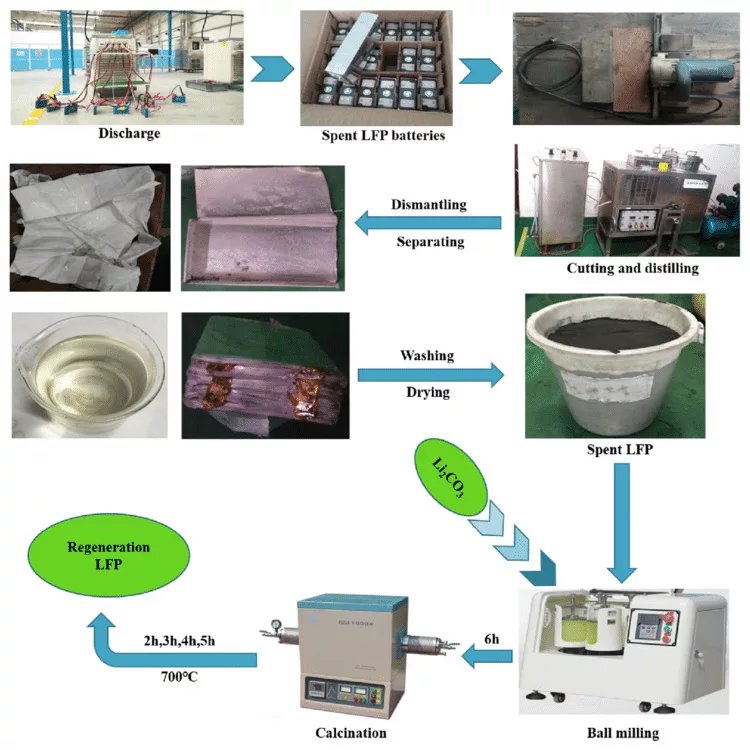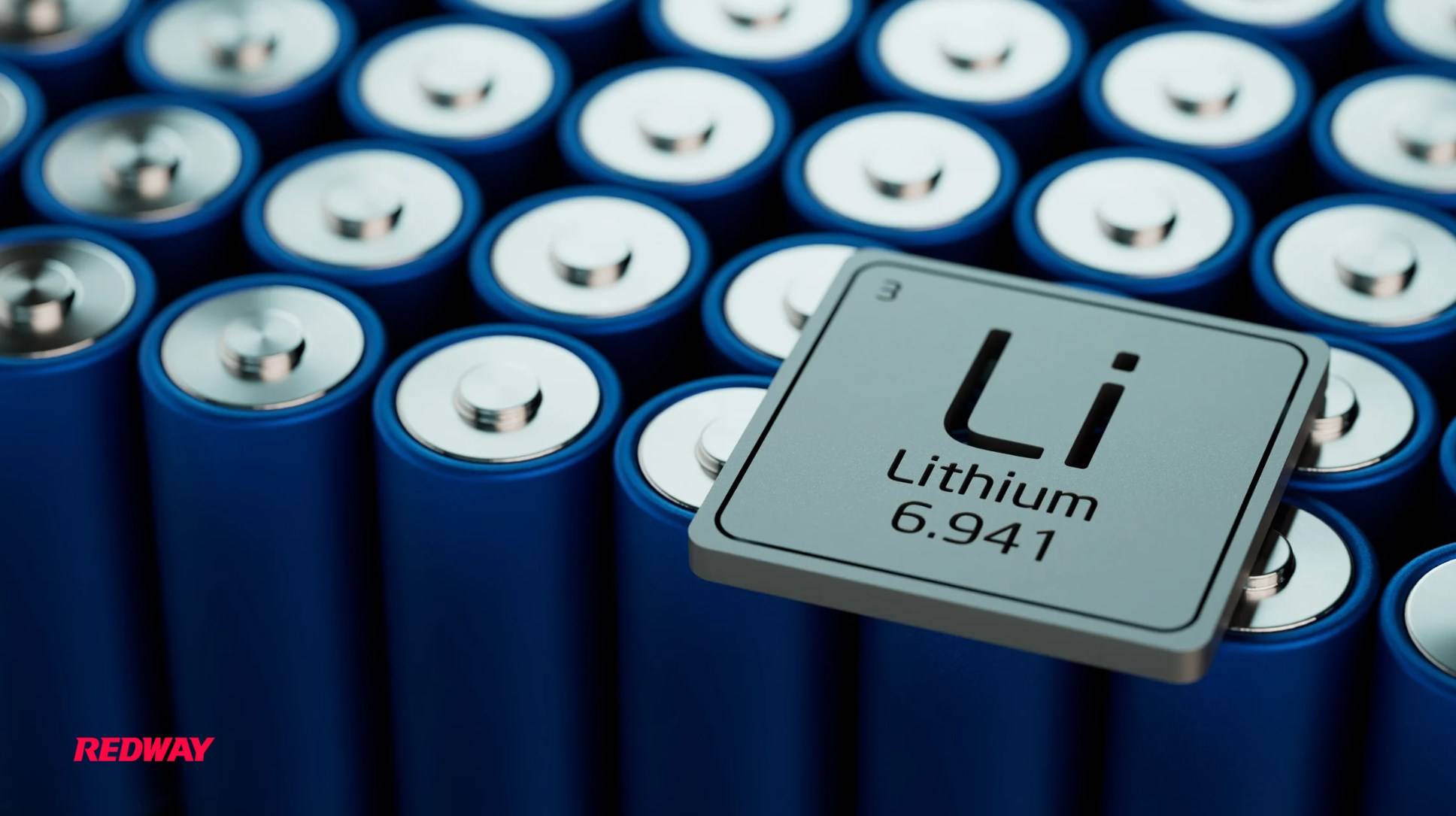The global lithium-ion battery recycling market is on the cusp of a significant expansion, poised to reach a staggering $26.56 billion by 2032. This remarkable growth is driven by the rising adoption of lithium-ion batteries across various sectors, including electric vehicles, portable electronics, and renewable energy storage systems. As we delve into this burgeoning market, it is essential to understand the underlying factors propelling its growth, the recycling processes involved, and the pivotal role it plays in fostering a sustainable future.
Rising Adoption of Lithium-Ion Batteries
Lithium-ion batteries have become the powerhouse of modern technology, finding extensive applications in numerous industries. The increasing penetration of electric vehicles (EVs) is a primary driver, as governments and consumers alike shift towards cleaner and more sustainable transportation options. Moreover, the proliferation of portable electronics, such as smartphones, laptops, and tablets, has further amplified the demand for efficient and reliable battery solutions. Additionally, renewable energy storage systems are leveraging lithium-ion batteries for their high energy density and long lifecycle, ensuring a steady supply of clean energy.
The Importance of Lithium-Ion Battery Recycling
Recycling lithium-ion batteries is not merely a choice but a necessity. The recycling process aims to recover valuable materials such as lithium, cobalt, and nickel from used batteries. These materials are finite and require extensive mining operations, which are often associated with significant environmental degradation. By recycling, we reduce the dependency on raw material extraction, conserve natural resources, and minimize the ecological footprint of battery production. Furthermore, recycling mitigates the environmental hazards posed by discarded batteries, which can leak harmful substances into the soil and water, posing a risk to human health and ecosystems.
Driving Forces Behind the Market Growth
The market for lithium-ion battery recycling is projected to grow at a CAGR of 17.6% from 2023 to 2032, according to Spherical Insights & Consulting. Several factors contribute to this robust growth trajectory:
1. Government Regulations and Policies
Stringent regulations and policies aimed at promoting sustainable practices are compelling industries to adopt battery recycling. Governments across the globe are implementing legislative frameworks that mandate the proper disposal and recycling of lithium-ion batteries. Incentives and subsidies are also being provided to encourage businesses to invest in recycling infrastructure.
2. Technological Advancements
Advancements in recycling technologies are enhancing the efficiency and effectiveness of the recycling process. Innovative methods such as hydrometallurgical and pyrometallurgical processes are being developed to extract maximum value from spent batteries. These technologies are making it economically viable to recover precious metals, thereby boosting the market’s growth.
3. Corporate Sustainability Initiatives
Corporations are increasingly prioritizing sustainability in their operations. Many companies are committing to reducing their carbon footprint and are incorporating recycling programs into their business models. This corporate responsibility is not only beneficial for the environment but also enhances brand reputation and aligns with consumer expectations for eco-friendly practices.
4. Rising Demand for Recycled Materials
The demand for recycled materials, particularly in the production of new batteries, is on the rise. Manufacturers are seeking cost-effective and sustainable sources of raw materials to meet the growing demand for lithium-ion batteries. Recycled materials provide a viable alternative, driving the expansion of the recycling market.
The Recycling Process
The process of recycling lithium-ion batteries involves several critical steps, each designed to maximize the recovery of valuable materials while ensuring environmental safety.
1. Collection and Transportation
The first step involves the collection of used batteries from various sources, including households, businesses, and recycling centers. These batteries are then transported to recycling facilities, where they undergo further processing.
2. Sorting and Disassembly
At the recycling facility, batteries are sorted based on their chemical composition and condition. This step is crucial as different types of batteries require different recycling methods. The batteries are then disassembled, and components such as the casing, electrodes, and electrolyte are separated.
3. Extraction of Valuable Materials
The core of the recycling process is the extraction of valuable materials. Depending on the battery type and condition, either hydrometallurgical or pyrometallurgical processes are used. Hydrometallurgical processes involve the use of aqueous solutions to leach metals from the battery components. In contrast, pyrometallurgical processes use high temperatures to smelt and separate metals. Both methods aim to recover materials such as lithium, cobalt, nickel, and manganese.
4. Refining and Purification
The extracted materials are then refined and purified to meet the quality standards required for new battery production. This step ensures that the recycled materials can be effectively used in manufacturing processes, maintaining the performance and safety of new batteries.
5. Production of New Batteries
The final step involves the reuse of recycled materials in the production of new lithium-ion batteries. This circular approach not only reduces the need for virgin materials but also supports the sustainability goals of the battery industry.
Environmental and Economic Benefits
The environmental and economic benefits of lithium-ion battery recycling are substantial. By recovering and reusing valuable materials, we reduce the pressure on mining activities, which are often associated with habitat destruction, water pollution, and greenhouse gas emissions. Additionally, recycling helps in waste reduction, preventing hazardous materials from entering landfills and contaminating the environment.
Economically, recycling creates job opportunities in the recycling and manufacturing sectors. It also provides a stable supply of raw materials, reducing the volatility associated with mining operations and supply chain disruptions. The cost savings achieved through recycling can be significant, particularly as the demand for lithium-ion batteries continues to surge.
Challenges and Future Prospects
Despite the promising outlook, the lithium-ion battery recycling market faces several challenges. The complexity of the recycling process, variability in battery composition, and high costs associated with advanced technologies are notable obstacles. Additionally, establishing efficient collection systems and raising public awareness about the importance of recycling are critical for market growth.
However, the future prospects of the market are bright. Continued research and development efforts are expected to yield innovative solutions that enhance the efficiency and cost-effectiveness of the recycling process. Collaboration between governments, industries, and research institutions will be pivotal in addressing the challenges and unlocking the full potential of the lithium-ion battery recycling market.
Conclusion
In conclusion, the global lithium-ion battery recycling market is set to experience exponential growth, reaching $26.56 billion by 2032. This growth is underpinned by the rising adoption of lithium-ion batteries, government regulations, technological advancements, and corporate sustainability initiatives. The recycling process plays a crucial role in recovering valuable materials, reducing environmental impact, and supporting a circular economy. Despite challenges, the market’s future remains promising, driven by ongoing innovations and collaborative efforts towards sustainable development.




